Get To Know: Ospreys
Words and Photography by Rich Nardo
Most Long Island residents that spend any time on the coasts have been lucky enough to catch a glimpse of an Osprey. Whether its returning to their nest on Reynolds Channel from a successful hunt out at sea in Long Beach or circling over the Long Island Sound, the Seahawk is a majestic sight to behold.
As they prepare to make their way down south for the colder months, here is some background on one of Long Island’s most beloved summer residents.
Back From the Brink - A Conservation Success Story
From the 1950s through the 1970s, Ospreys were a rare sight around Long Island. The use of the pesticide DDT had decimated the population - thinning their eggshells and poisoning adults throughout the area. Since DDT was banned and efforts, such as man-made nest constructs, to restore the population have been implemented, Osprey populations have grown by about 2.5% (from 1966 to 2015) annually according to the North American Breeding Bird Survey.
The Seahawk - One of The World’s Most Successful Anglers
The Seahawk is the picture of concentration when hunting. Studies show that Ospreys catch a fish about once every four dives. The same studies estimates that an Osprey hunts for only 12 minutes before catching a fish on average. Anyone who has ever thrown a line in the water knows just how exceptional that is.
They owe this success rate to a few characteristics that set them apart from most other raptors. First, they have a reversible outer toe that allows them to grasp with two toes in front and two behind. They also have barbed pads on the soles of their feet that allow them to steadily grip slippery fish. If you've ever seen an Osprey dive for a fish, you'll notice that they dive head first for less wind resistance. Moments before they reach the water, they adjust their bodies to lead with their talons as they enter the water. All the while they never take their eyes off of the prey.
This technique is very different than another well-known fishing raptor, the Bald Eagle, which coincidentally has also made a return to Long Island in recent years. Eagles undertake what’s called a “fly by” method, with only their talons breaking the surface of the water. An Osprey, on the other hand, will dive up to three feet in pursuit of its prey. Their wing joints are specialized to allow a vertical takeoff when emerging back into the sky. Once in the air, a few shakes will shed the excess water from their feathers - which are oiler than any other species of hawk in order to repel water more efficiently.
Ospreys on Long Island
Each spring it takes Long Island’s Ospreys roughly 20-30 days to travel the almost 3000 miles from South America to our shores. During that time, they often follow the same route and stick to the same resting spots. Over 40 Osprey nesting platforms can be found in the 17,000 acres of wetlands in the Town of Hempstead and there is a popular vineyard named after these stately birds in Peconic called Osprey’s Dominion.
More Fun Osprey Facts
Ospreys are the only species of hawk in North America whose diet consists almost exclusively of live fish.
In New York, there are two main breeding populations of Ospreys; one in Long Island and one in the Adirondacks. The difference in these two regions exemplifies the diversity of the environments an Osprey can adapt to; really only needing a body of water stocked with fish to thrive.
An Osprey can log over 160,000 migration miles over its lifetime, which is typically 15-20 years. Using tracking devices, one bird was identified to have flown over 2,700 miles during a 13 day period - from Martha’s Vineyard in Massachusetts to French Guiana in South America.
The name “Osprey” was first recorded around 1460 A.D and is attributed to the Medieval Latin phrase for “bird of prey” which is avis prede. According to AllAboutBirds.org, it is also rumored to be an even older reference to the Latin phrase ossifragus - which means “bone-breaker”.
Ospreys mate for life and return to the same nest year after year. They spend half the year with their mate before traveling south for the winter alone.
During breeding season, males often perform a ‘sky-dance’ that is sometimes referred to as ‘fish-flight’. He will dangle his legs, often with a fish or new addition to the nest in his talons. They will fluctuate between over 600 feet in the air and just above the nest for as long as 10 minutes, repeatedly screaming calls.
Where to See Ospreys on Long Island
Ospreys span basically the whole coast along the north and south shores of the Island. Listed below are some of the spots that they are most often spotted.
There is a boardwalk at Marine Nature Study Area in Oceanside that allows visitors to walk right below Osprey nests.
On the south shore, ospreys are plentiful in Jamaica Bay, Long Beach, Norman J. Levy Park in Merrick, Wantagh Park, Cow Meadow Park in Freeport, The Oceanside Marine Nature Study, Jones Beach, Fire Island, along Ocean Parkway and at parks and wetlands along the eastern shores as well.
On the north shore, ospreys are frequent visitors to Grangebel Park in Riverhead, the Peconic Riverfront Park, Indian Island County Park, Mattituck Inlet, Goldsmith’s Inlet, the Orient Causeway, Orient Beach State Park, Target Rock and Orient Park.
Learn More About Ospreys
Want to know what does an Osprey sound like? LIsten here - https://www.allaboutbirds.org/guide/Osprey/media-browser/483099
Check out a live cam of an osprey nest from the North Fork here - http://ospreyzone.com/
Learn about Ospreys from the experts at the DEC - https://www.dec.ny.gov/animals/7088.html
Learn about Ospreys on Fire Island - http://fireislandandbeyond.com/ospreys-are-back/
Learn About Ospreys on the North Fork - http://northforker.com/2016/03/11/mid-march-means-ospreys-return-north-fork/
Learn About Ospreys on Long Island Sound - http://longislandsoundstudy.net/indicator/osprey/
Learn about Ospreys in Jamaica Bay - http://www.jamaicabayosprey.org/faq-about-ospreys



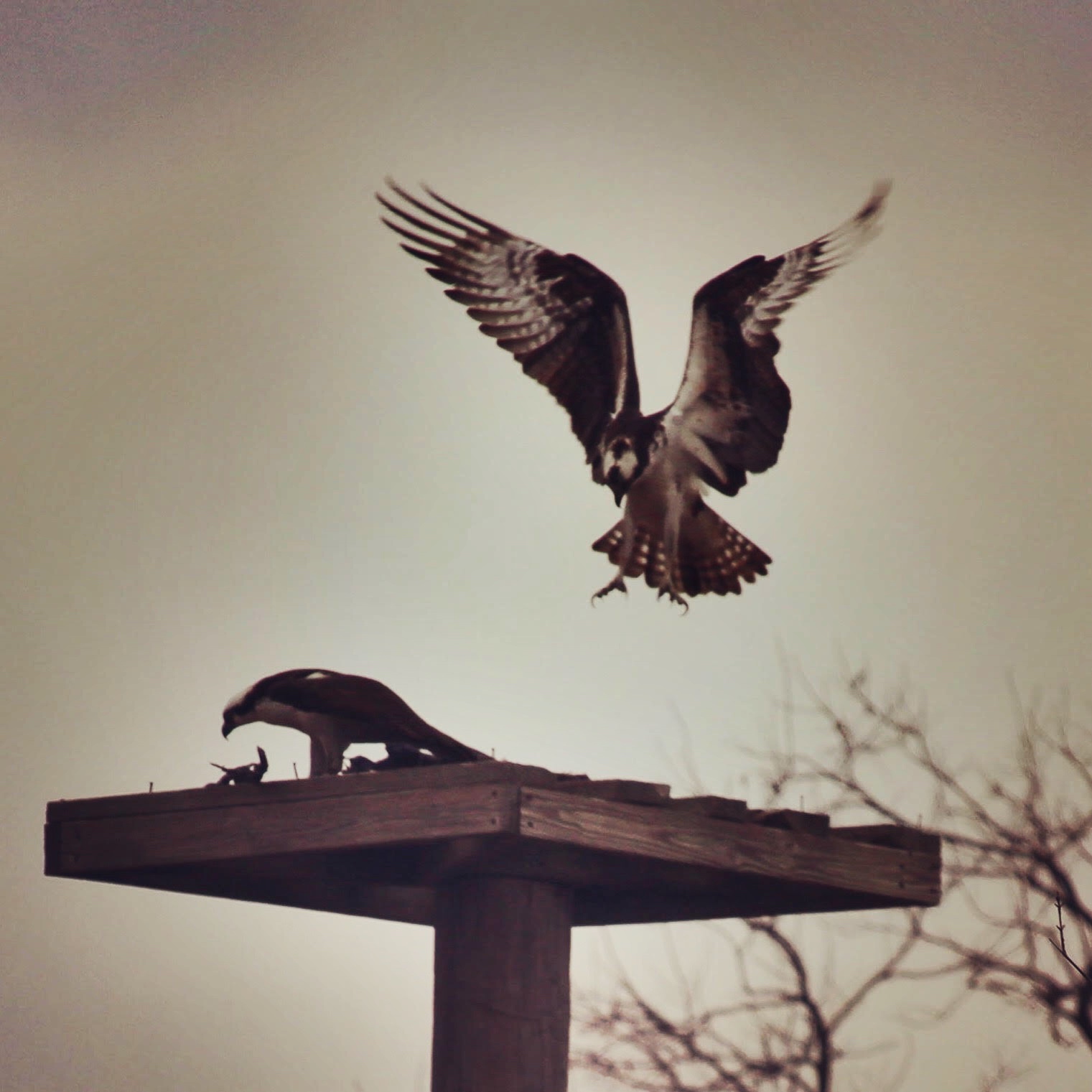
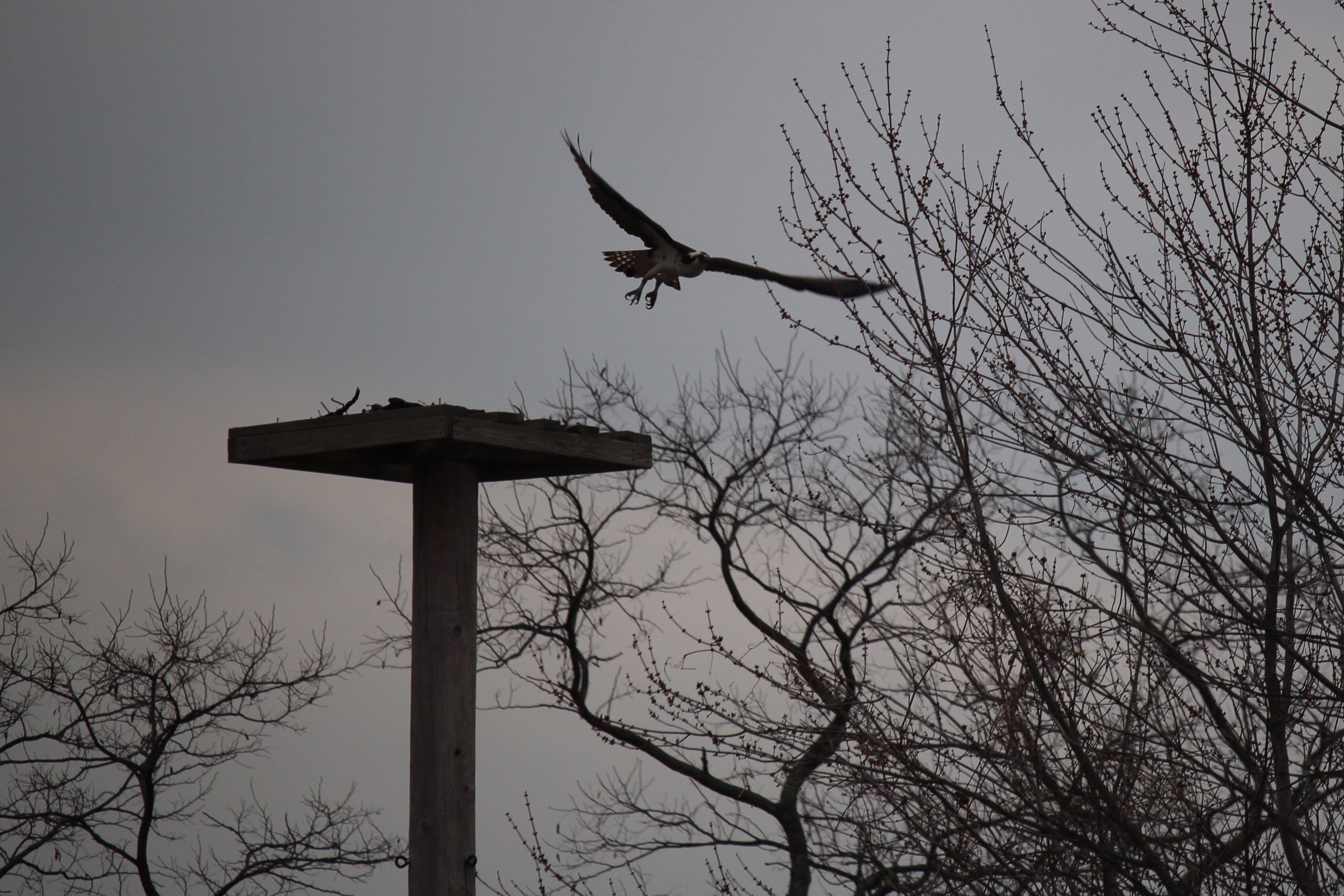
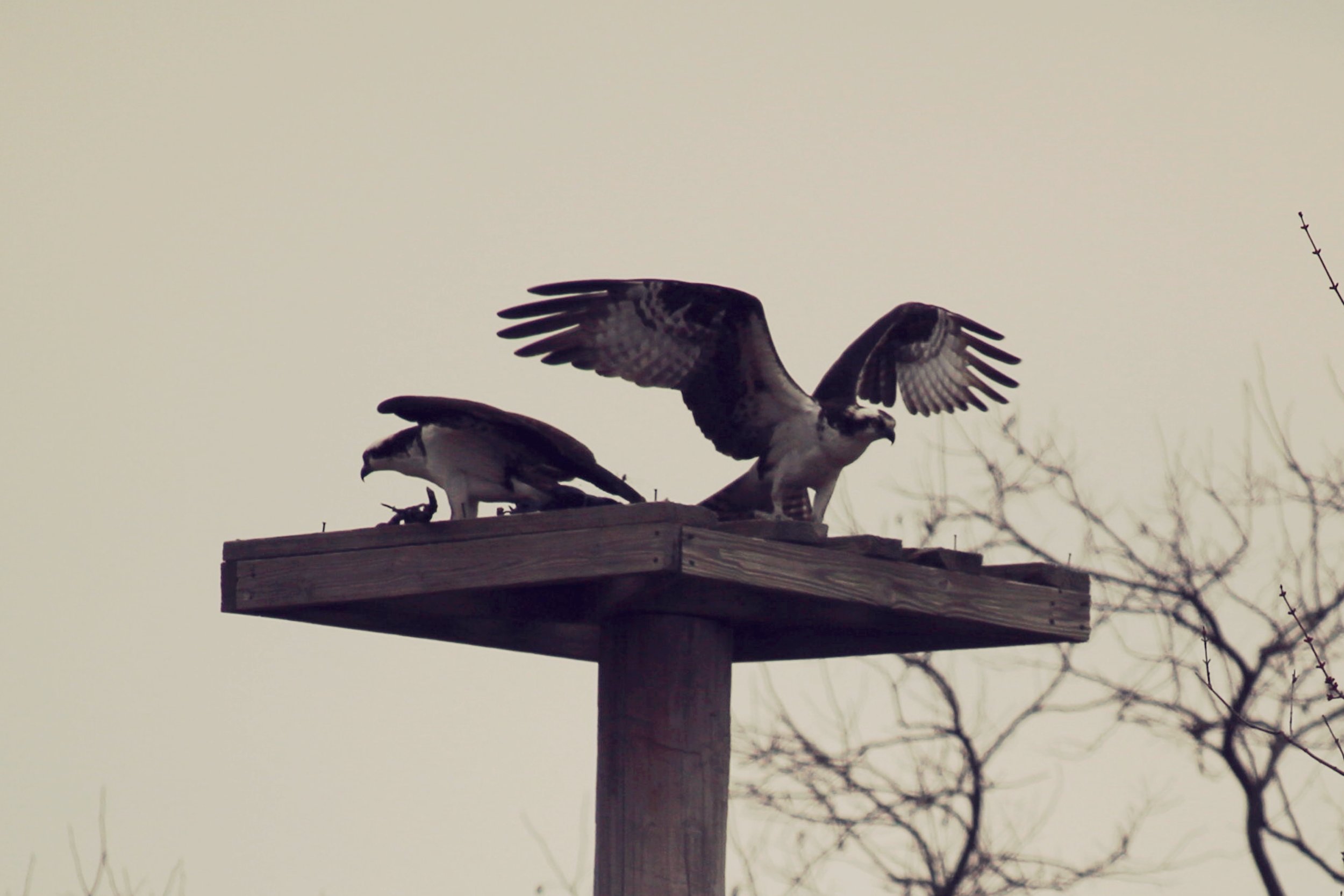
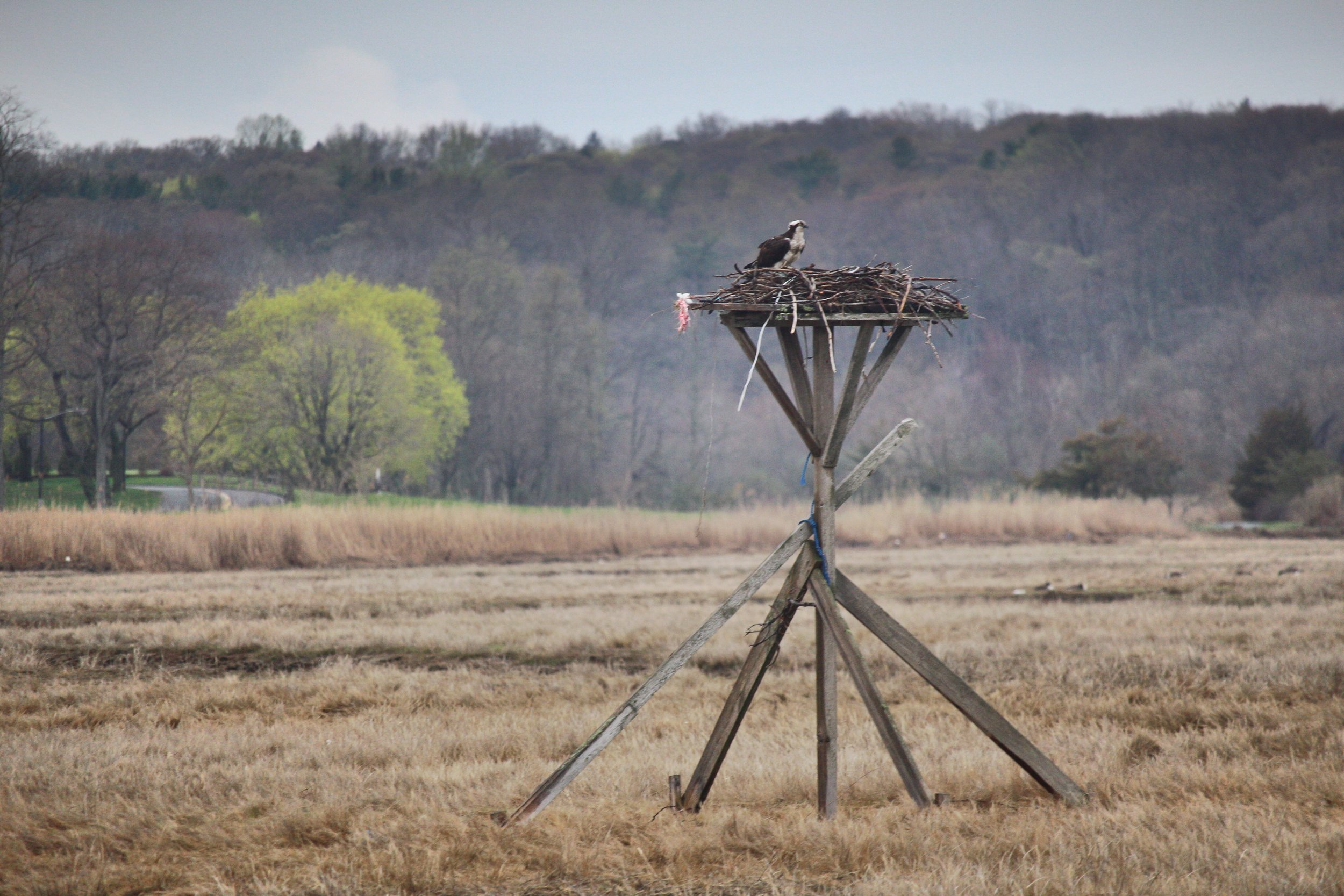
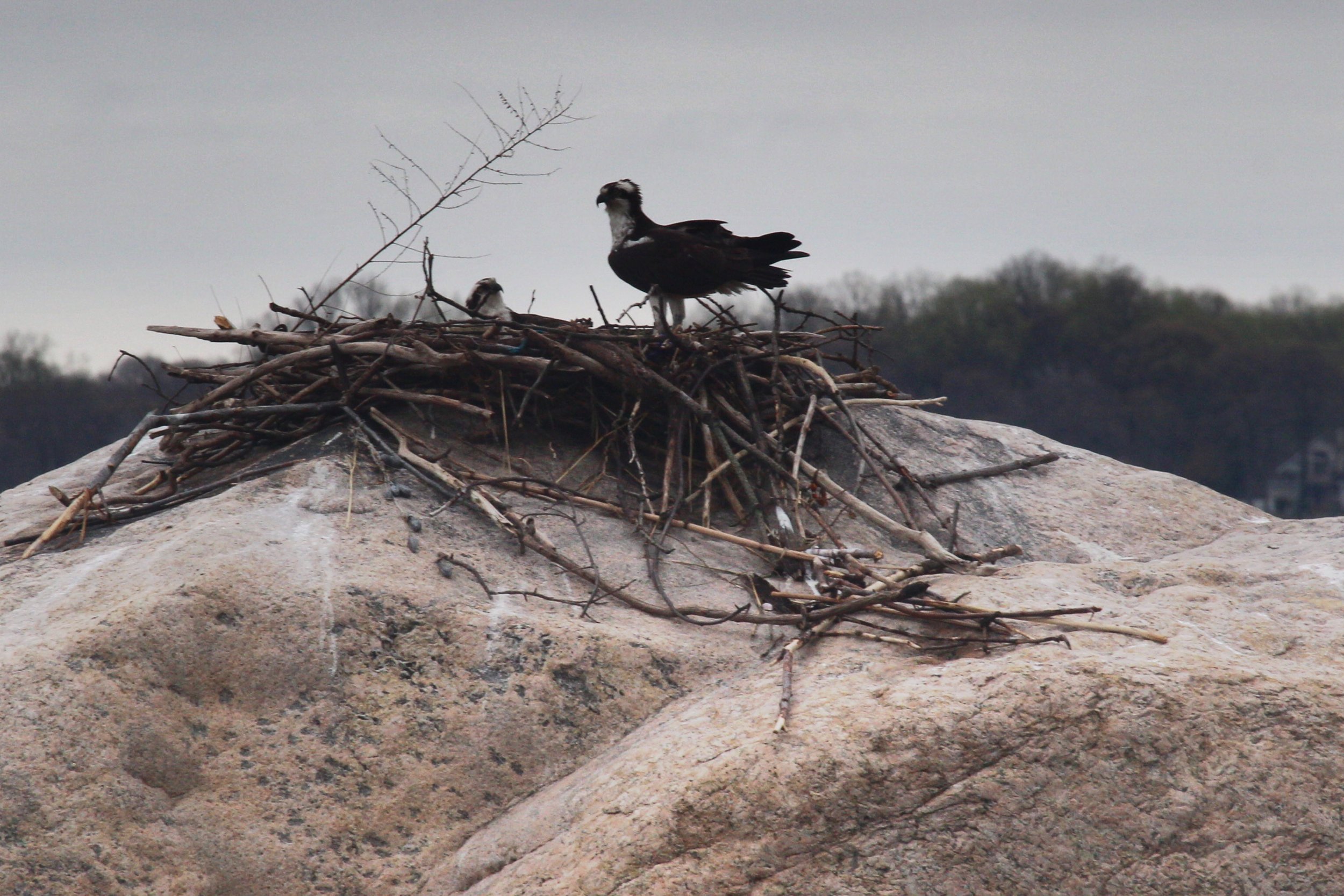
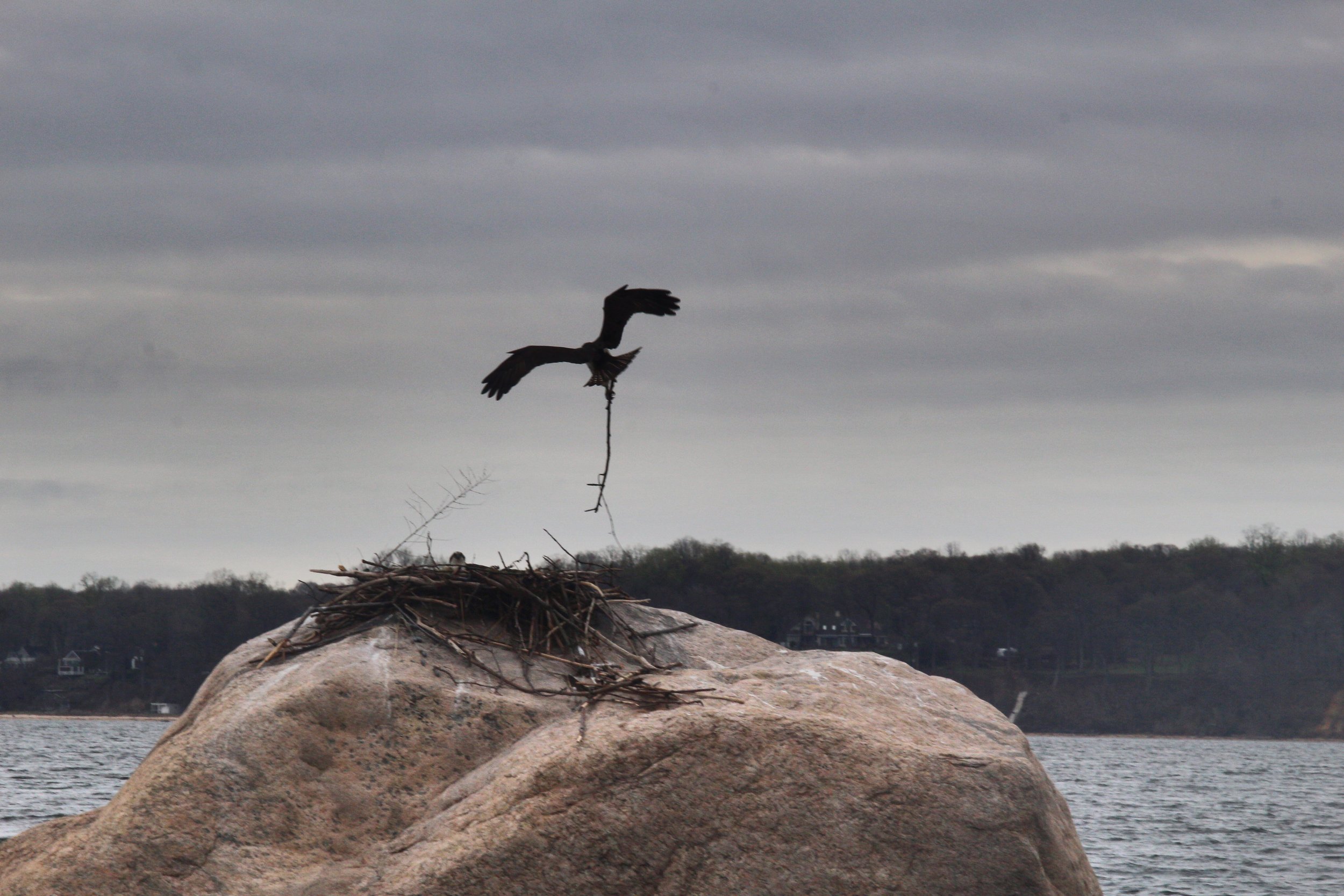
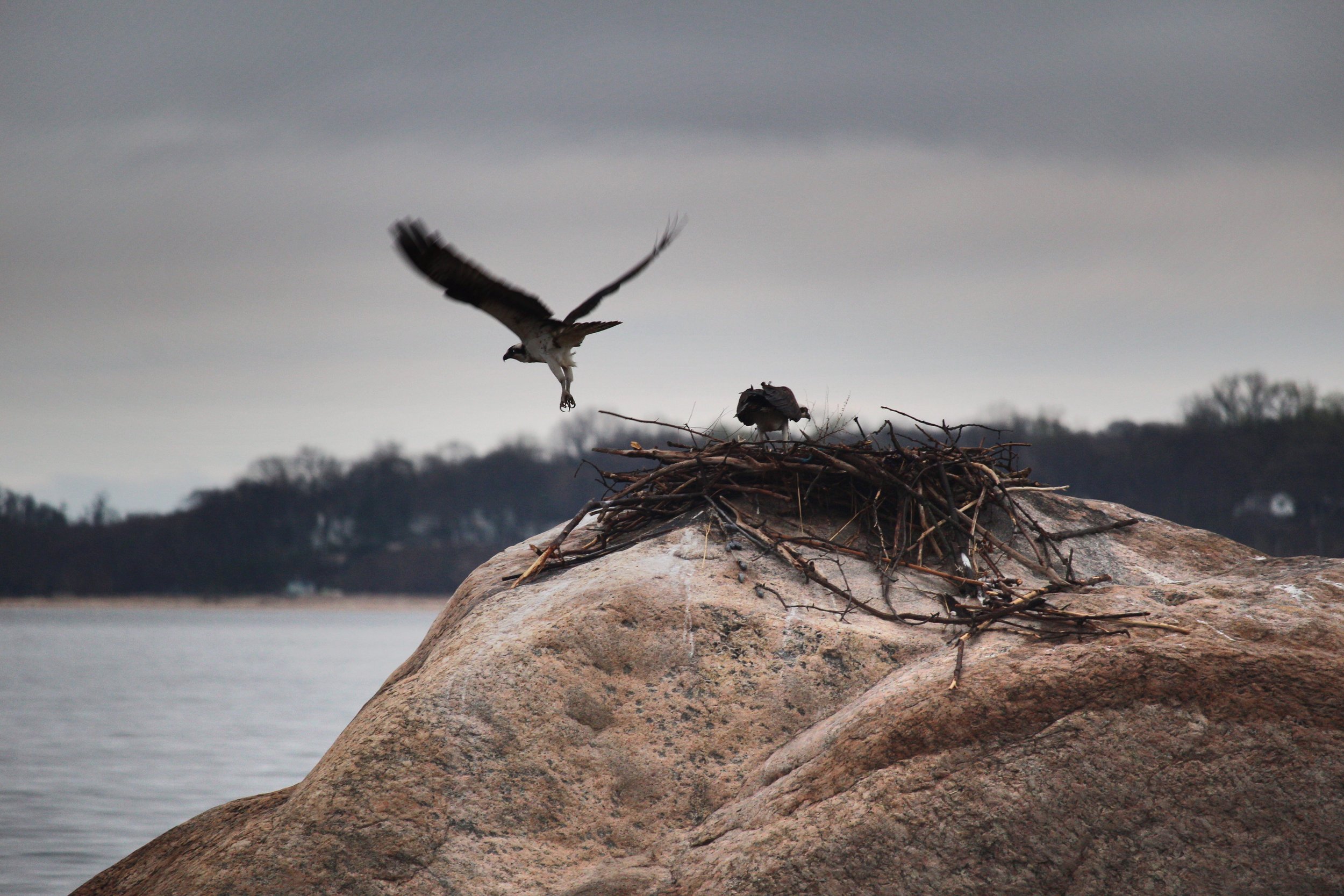










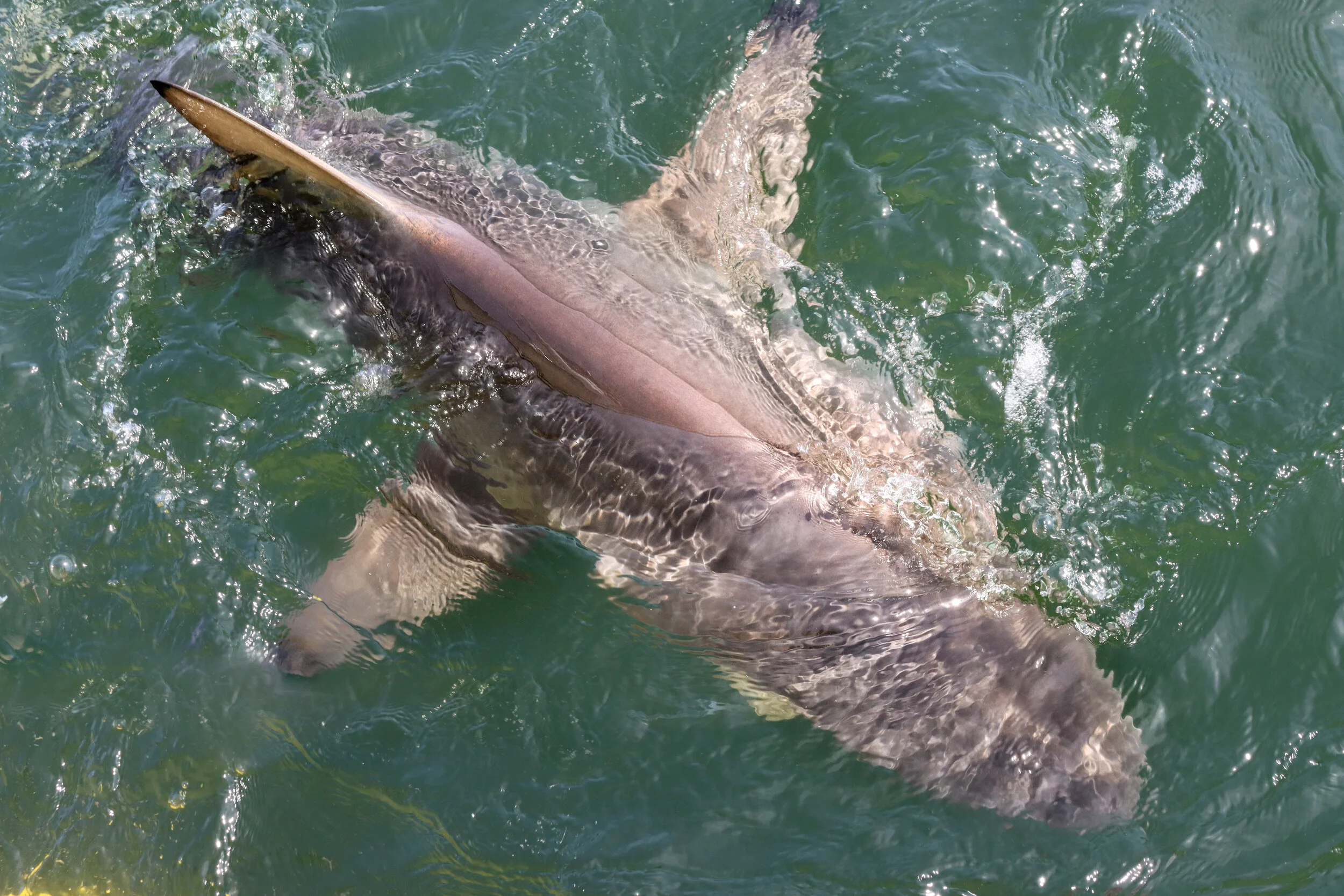

Ask any wildlife photographer or explore based on Long Island and they’ll tell you that our home turf does not get nearly the credit it deserves when it comes to species diversity. In fact, I think it’s safe to say that most people think Long Island has a couple of raccoons, a possum here and there, and way too many deer out east and that basically sums it up.
This couldn’t be further from the truth. So for this article, we worked with some of the best wildlife photographers based on Long Island to highlight 10 species that most people might not know we have here.